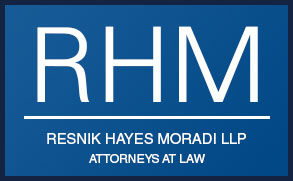On June 14, 2012 the United States Court of Appeals for the Fourth Circuit published its opinion in In re Maharaj which succintly concludes that, “the absolute prioirty rule as it applies to individual debtors in Chapter 11 has not been abrogated by BAPCPA.” See, In re Maharaj, -F.3d-, No. 11-1747 (4th Cir. 2012). The case was before the 4th Circuit on direct appeal from an order denying confirmation entered by the bankruptcy court.
In reaching its decision, the 4th Circuit compiled all of the divergent published opinions recognizing that one district court, one bankruptcy appellate panel and five bankruptcy courts have taken the “broad view” (including the BAP’s Friedman decision) and over a dozen bankruptcy courts have adopted the “narrow view” (including Judge Kwan’s Arnold decision and Judge Albert’s Kamell decision). On June 20, 2012 the Ninth Circuit dismissed the Friedman appeal, thus leaving intact the 9th Circuit BAP decision.
Thus, the status of the absolute priority rule in individual chapter 11 cases within the Central District remains a matter to be determined on a judge by judge basis. First, Central District Courts differ on whether BAP opinions bind the Bankruptcy Courts. Second, if not bound by the BAP’s Friedman decision, our Courts still differ on the legal issue as to whehter BAPCPA abrogated the absolute priority rule in individual chapter 11 cases.
The author is aware that Judge Smith, Judge Tighe and Judge Ahart (based on his CBJ article) subscribe to the “broad view.” Replies with experiences on the subject before other Central District courts would be helpful.




